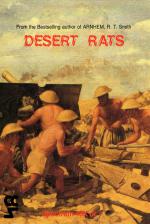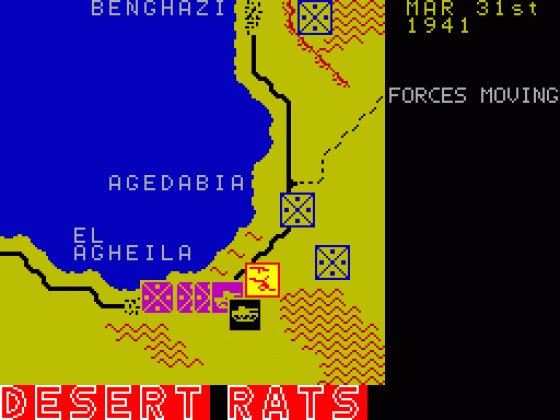Other Reviews Of Desert Rats For The Spectrum 48K/128K
Desert Rats (Cases)
A review by Sean Masterson (Crash)
Desert Rats (Cases)
A review
Desert Rats (Cases)
A review by Chris Bourne (Sinclair User)
Desert Rats (Cases)
A review
Desert Rats (Cases Computer Simulations)
A review


 1st June 1986
1st June 1986









